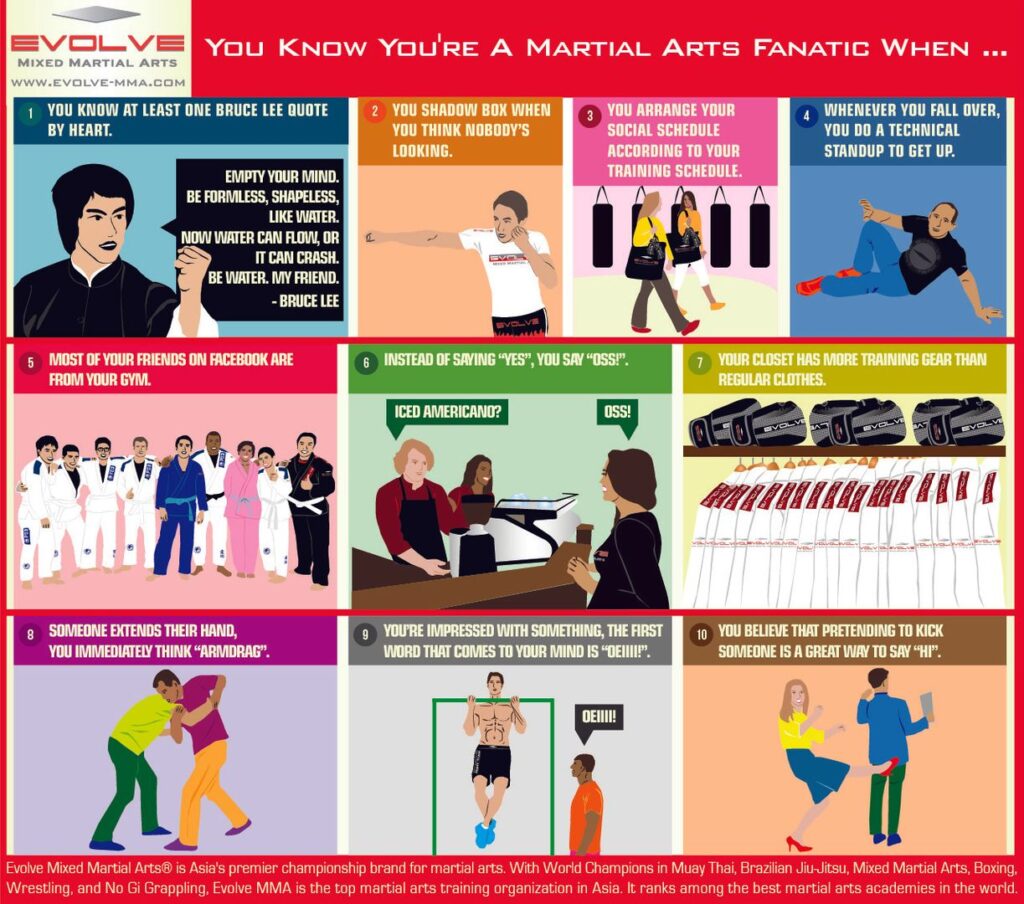The Development And Progression Of Martial Arts: Looking Up Its Roots From Ancient Times To Contemporary Practices
The Development And Progression Of Martial Arts: Looking Up Its Roots From Ancient Times To Contemporary Practices
Blog Article
Content Author-Carver Clements
Step into the globe of martial arts, where ancient origins and contemporary methods collide in an electrifying trip of self-control and self-discovery.
As you delve into the background and evolution of this exciting art type, prepare to be captivated by the cultural influences, technological advancements, and profound viewpoint that have shaped it over centuries.
From the combat zones of old civilizations to the training premises of today, martial arts have stood the test of time, regularly adjusting and expanding.
Each strike, each movement, brings with it the weight of countless years of custom and wisdom, passed down via generations. This is a story of resilience, of warriors that sought not just physical expertise, yet also inner strength and harmony.
Join us on this amazing expedition as we discover the tricks, the tales, and the transformational power of martial arts.
Prepare yourself to be motivated, tested, and for life transformed by the history and evolution of martial arts.
Social Influences on Martial Arts
As you check out the history and evolution of martial arts, you'll rapidly uncover the remarkable ways in which cultural impacts have actually formed these combat methods.
From visit the following webpage of China and India to the more current advancements in Japan and Brazil, martial arts have been greatly influenced by the cultures in which they originated.
For example, Chinese martial arts, such as Martial Art and Tai Chi, are deeply rooted in the ideology of Taoism and the idea of Yin and Yang.
On the other hand, Japanese martial arts, like Karate and Judo, reflect the samurai warrior practices and the values of discipline and honor.
In a similar way, Brazilian martial art, Capoeira, incorporates components of African dance and songs, reflecting the cultural heritage of African servants in Brazil.
These cultural influences not only offer each martial art its distinct characteristics however likewise supply a much deeper understanding of the historical and social contexts in which they evolved.
Technical Improvements and Martial Arts
With the rise of advanced weaponry and ingenious training devices, you have actually had the ability to boost your abilities and adjust to the ever-changing battle landscape.
Technological advancements have actually revolutionized the method martial arts are exercised and shown. Virtual reality simulations currently allow you to learn reasonable combat circumstances without the threat of physical damage. High-speed cams capture every relocation, allowing you to analyze and best your techniques. Wearable devices monitor your heart rate, breathing, and muscular tissue activation, supplying instantaneous responses on your efficiency.
In addition, the growth of specific equipment, such as resistance bands and dexterity ladders, has enabled you to boost your speed, stamina, and agility. These technological innovations have not just made training a lot more reliable but have actually also pushed the boundaries of what is possible in martial arts, permitting you to get to brand-new heights in your method.
The Viewpoint and Principles of Martial Arts
The approach and concepts of martial arts are deeply rooted in shaping your way of thinking and instilling self-control, emphasis, and regard in your technique.
1. Way of thinking: Martial Arts teaches you to develop a strong and durable attitude. It enables you to get over obstacles both on and off the mat, pressing your limitations and persisting despite hardship.
2. pro se criminal defense : Martial Arts demands discipline and self-constraint. Through routine training and adherence to rigorous policies and strategies, you find out to manage your impulses and establish a strong job principles.
3. Focus: Martial Arts requires extreme focus and concentration. By educating your mind to be existing in the moment, you enhance your ability to react quickly and efficiently throughout combat situations.
4. Regard: Martial Arts emphasizes regard for oneself, instructors, training companions, and opponents. It educates you to value the skills and experiences of others, cultivating a sense of sociability and gamesmanship.
Final thought
Congratulations on finishing your trip through the captivating globe of martial arts! Throughout this expedition, you have actually observed the abundant background and impressive development of these fight methods.
From their old origins to the modern-day strategies we see today, martial arts have actually been formed by social impacts.
The combination of technology has also played a considerable duty in revolutionizing the method martial arts are shown and practiced in today day.
Nonetheless, it is important to keep in mind that martial arts are greater than just physical combat. They include profound philosophies and directing concepts that surpass the simple act of fighting.
Take a minute to reflect on this anachronistic journey and appreciate just how the legacy of martial arts continues to flourish in the present, transcending time and limits.
